Video Game Genres
Video Games > Week 1
Genre began as an absolute classification system for ancient Greek literature. Poetry, prose, and performance each had a specific and calculated style that related to the theme of the story.
https://en.wikipedia.org/wiki/Genre
Genre is a starting point for talking about different categories in art that share similar traits such as style and theme. It is always changing and endlessly debatable, but it's a useful shorthand for describing the basic characterisitcs of a work of art.
Let's take a look at the differences in genre classification between video games and "traditional" mediums like literature, art and film.
Literature
Forms: prose, poetry
Basic genres: epic, tragedy, comedy
Sub-genres of fiction: drama, fables, fantasy, fiction (novels and short stories), folklore, historical fiction, horror, humor, mystery, mythology, poetry (verse), realism, science fiction
Sub-genre of non-fiction: autobiography, biography, essay, narrative nonfiction, nonfiction, speech
Literary genres are based first on the style of writing (prose vs poetry) and then on subject matter or plot elements.
Literary genres are also based on the historical period of specific works of literature.
Film
Genres: action, adventure, comedy, crime/gangster, drama, epics, historical, horror, musical, dance, science fiction, war, westerns
Film genres reflect setting, theme and plots.
Most films fit into at least one and often more than one of these genres. Film categorization is also done using the Auteur System, or films by a particular director or influenced by their style, such as Hitchcock films.
Art
Art is categorized by mediums and historical movements.
Mediums: drawings, painting, printmaking, sculpture, collage, textile, photgraphy, film, video, performance, multimedia
Renaissance genres: history painting, portrait, genre (scenes of everyday life), landscape, animal, still life
Video games
Video game genres are determined by gameplay: what challenges face the player and what actions he takes to overcome those challenges. So we clearly have sports games, shooter games, racing games, and so on.
The Designer's Notebook: Sorting Out the Genre Muddle by Ernest Adams
Main genres: action, adventure, role-playing, simulation, strategy, casual, massively multiplayer online
Action
- Early simple arcade games are mostly action
- Timing and hand-eye coordination
- Real time gameplay
- Destory enemies without dying

Ms. Pac-Man
Action sub-genres
- Platformers
- Shooters (first person and third person)
- Racing
- Fighting

Super Mario
Adventure
- Early text based games
- Slow game play with puzzles, exploration, story
- Turn based

Rogue
Action adventure
- Combine real time play with story and puzzle elements
Role-playing games
- Originate from Dungeons & Dragons
- Players controls character or group of characters, often an avatar of the real player
- Gain experience throughout game
- Full story lines
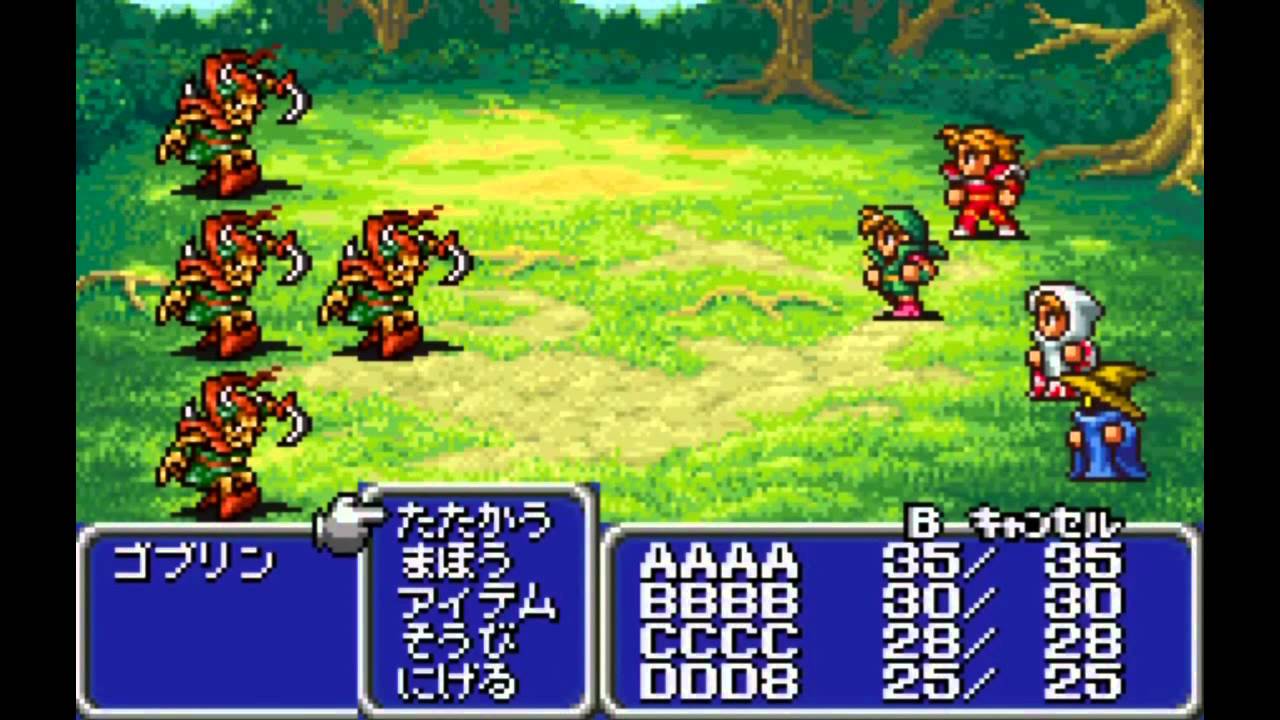
Final Fantasy
Simulation
- Replicating aspects of real world experience
- Real-time and turn-based games
- Application of real world rules
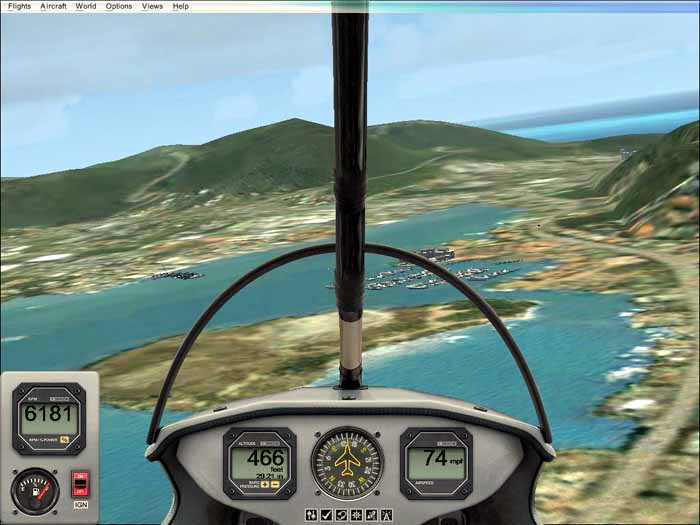
Flight Simulator
Simulation styles
- Vehicle, ie flight sims
- Process, construction and management, ie building civilations, strategy, business
- Sports
Strategy
- Based on classic games like Risk
- Resource management
- Decisions and goals
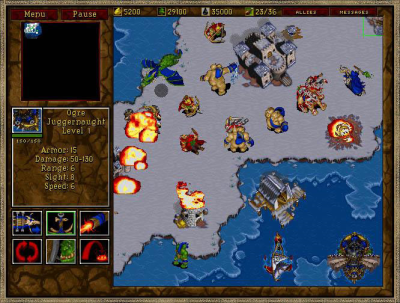
Warcraft II: Tides of Darkness
Massively Multiplayer Online
- Cooperative play with up to hundreds or thousands of players
- Individual and in teams
- Social interaction
- Commonly combined with first person shooters, sports, strategy
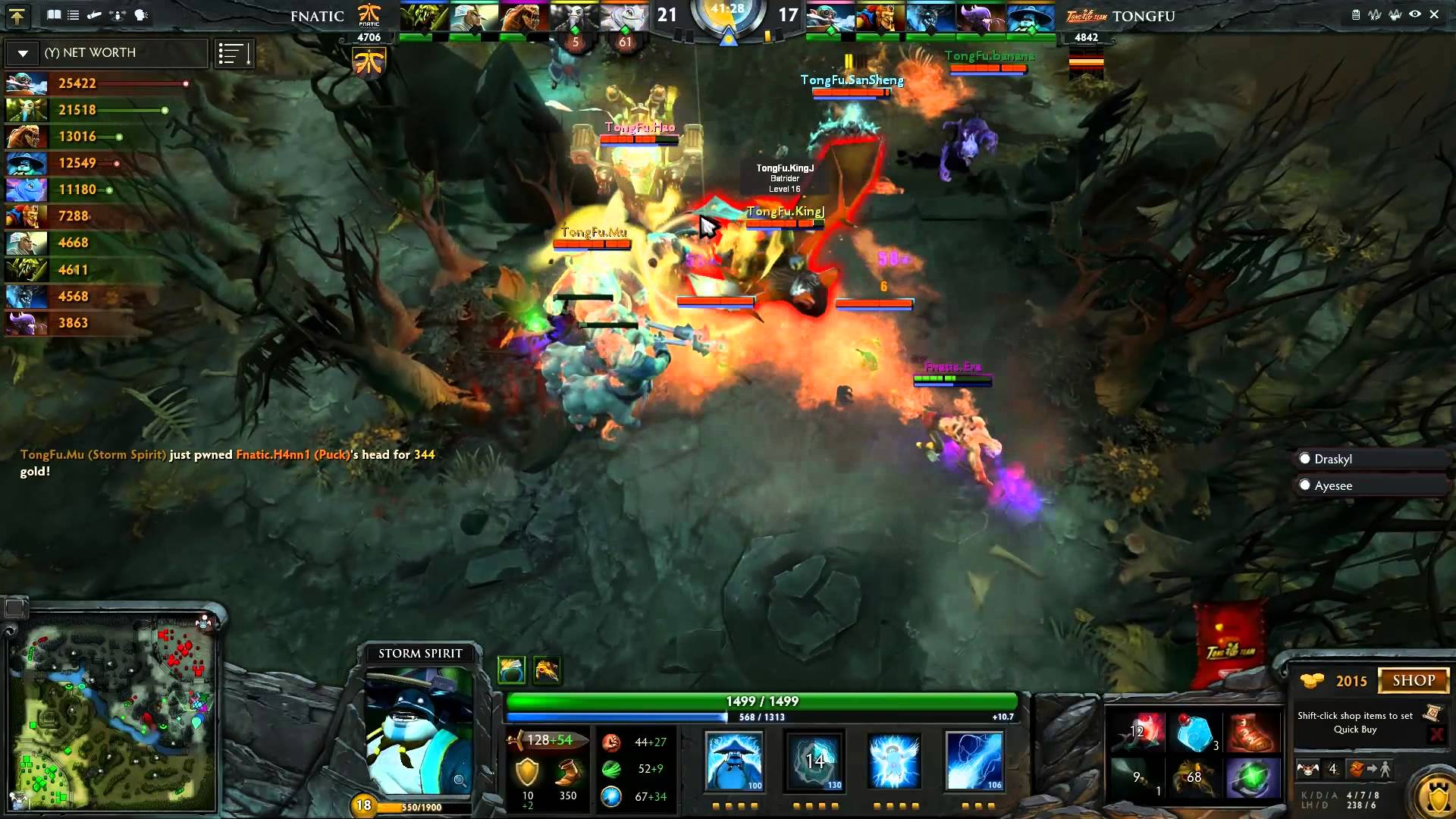
Dota 2
Casual games
- Short and relaxing or meditative
- Usually played in browser or phone
- Puzzles, cards, word games, board games
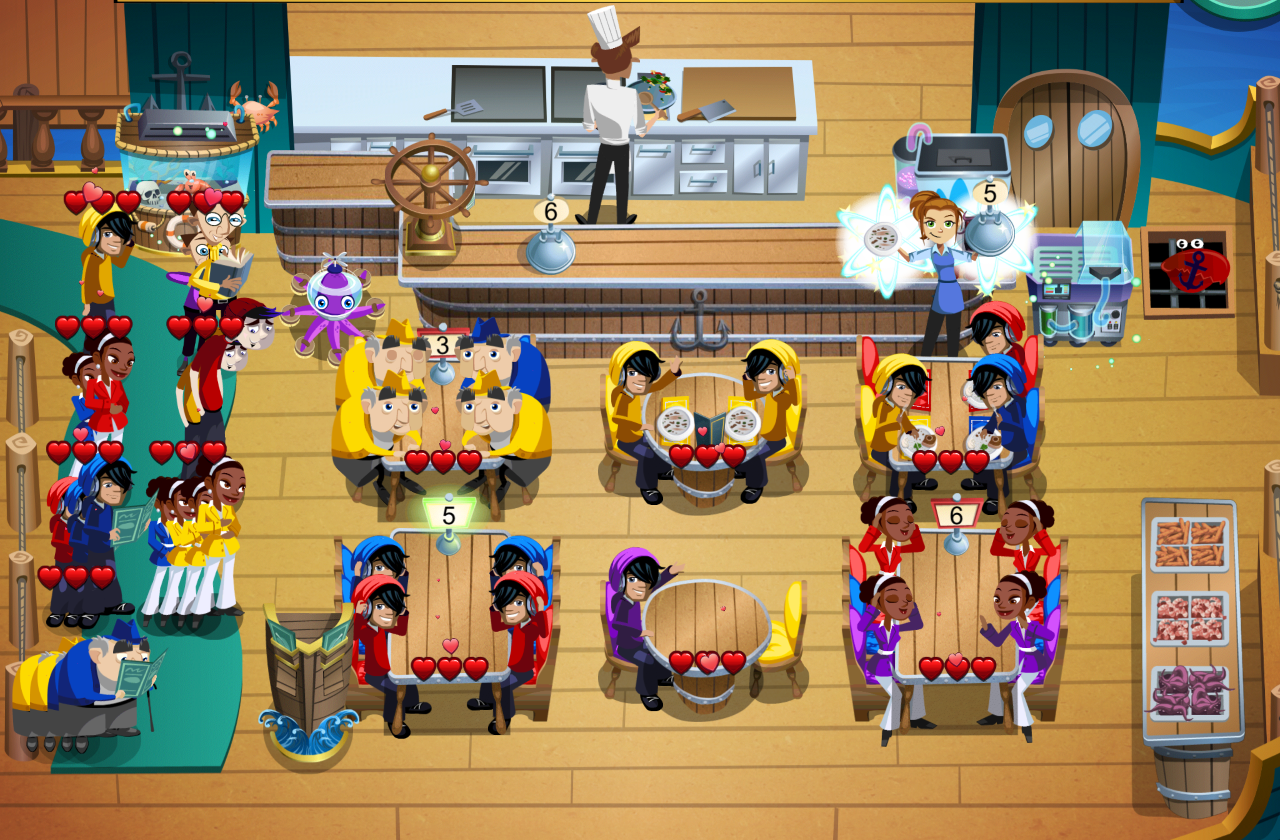
Diner Dash
Roguelike
Roguelike games are a good example of how a genre can emerge from a single game and grow.
Rogue was developed in 1980 by Glenn Wichman and Michael Toy at the University of California, Santa Cruz. The game was inspired by early text-based adventure games and interactive fiction. In order to create a multitude of experiences from one very small code base, a library for random generation developed by Ken Arnold was used to create random levels in the game.
Rogue is defined by procedural generation of levels, simple graphics, text interactions, turn-based play and permanent character death. These characteristics have grown to form a popular sub-genre, called "roguelike".
Rogue inspired an entire movement, and many other games were inspired by it's basic design. Today there are communinities dedicated to roguelike game develoment and many indie games are created combining new platforms with roguelike characteristics.
